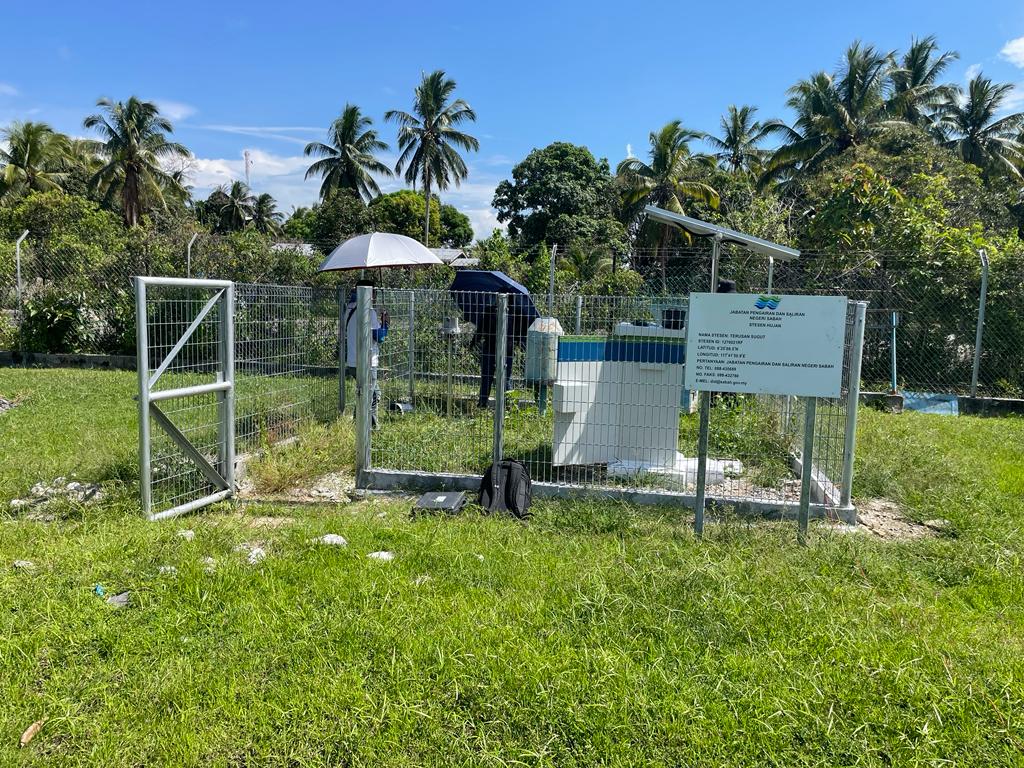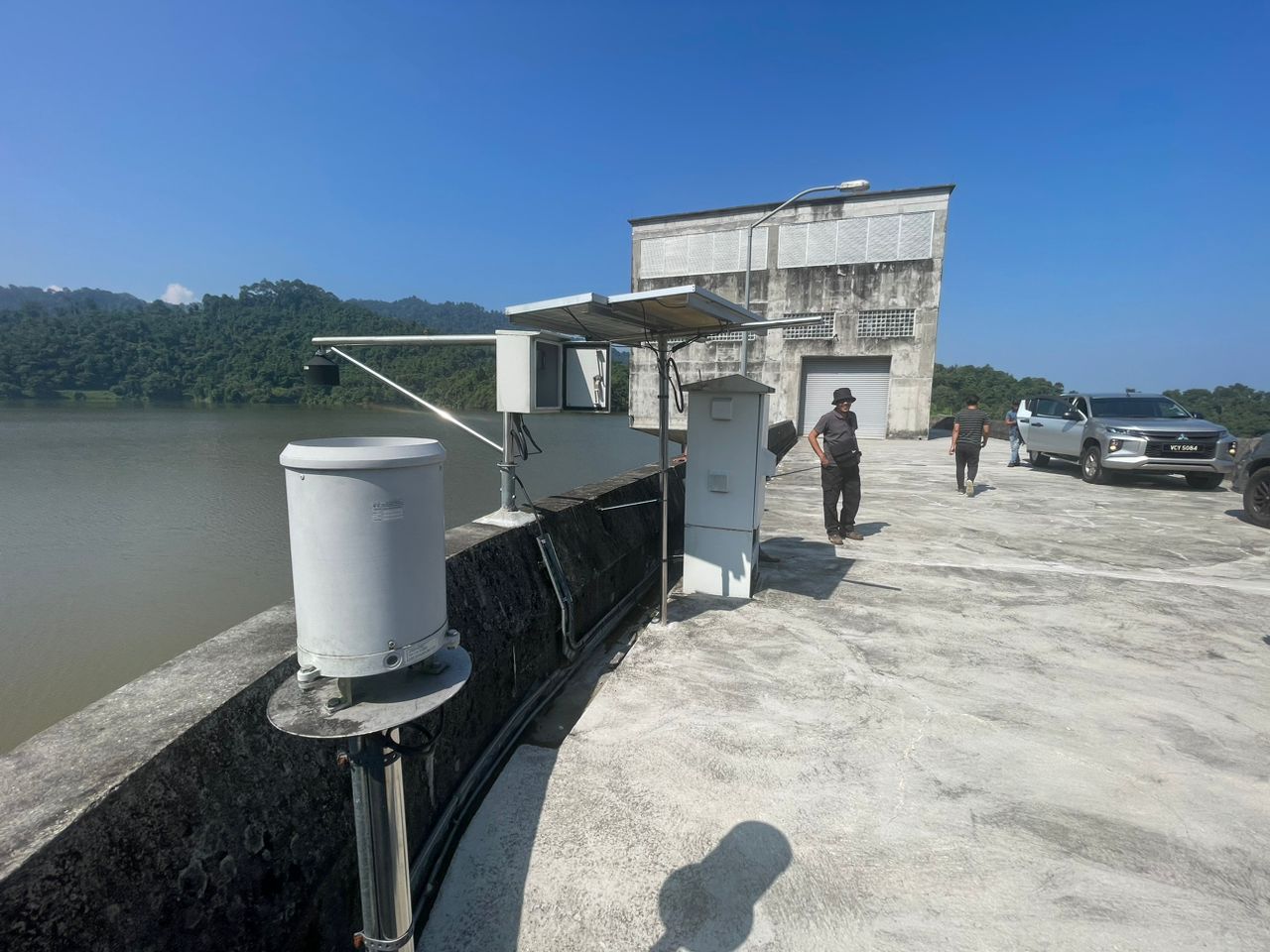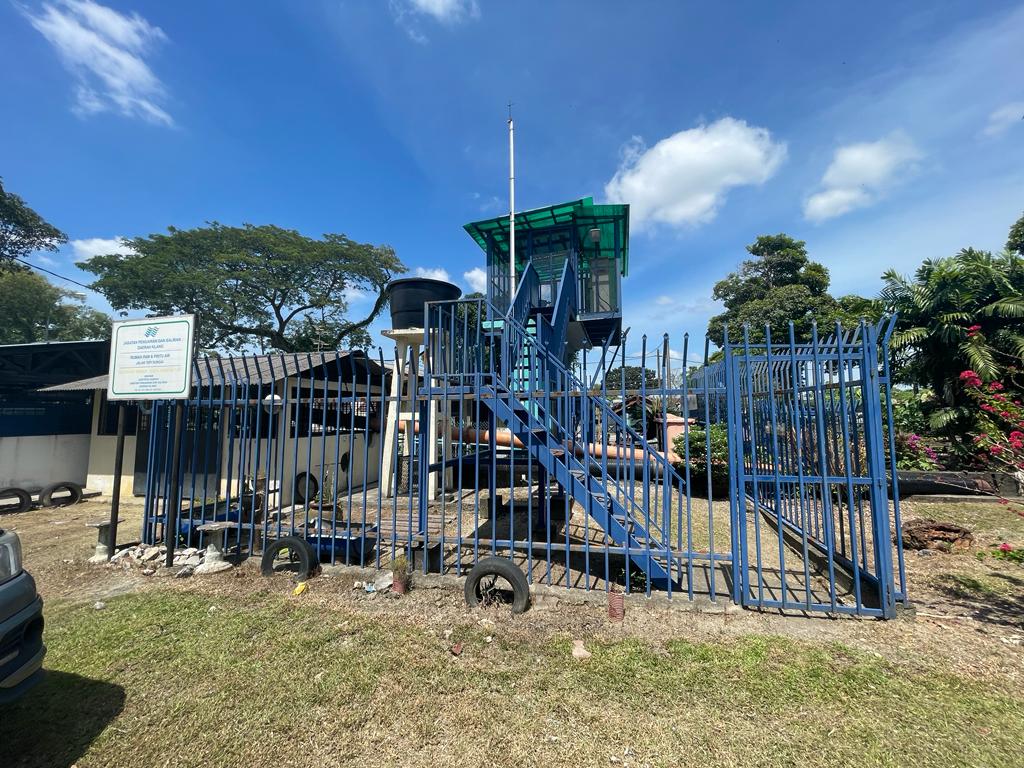Hydrological Telemetry System
- Experience
- ★ Rain Station
- ★ Level Station
- ★ Flow Station
- ★ Water Quality Station
- ★ Soil Moiture Station
- ★ Evaporation Station
Introduction
A telemetry system is designed to remotely monitor, collect, and transmit data from remote or inaccessible locations. One of the key features of a telemetry system is its ability to provide real-time or near-real-time data transmission, enabling timely and informed decision-making. However, there are several other important key features that contribute to the effectiveness and functionality of a telemetry system:
Key Features
Data Collection: The system should be able to gather data from various sensors, instruments, or devices in real-time. This data could be related to temperature, pressure, humidity, location, motion, and more.
Wireless Communication: Wireless Communication: Telemetry systems often utilize wireless communication protocols like Wi-Fi, cellular networks, satellite communication, or radio frequency (RF) technology to transmit data over long distances.
Real-time Monitoring: The collected data should be transmitted and received in real-time or near-real-time, enabling monitoring and decision-making without significant delays.
Remote Access: The central station can access data from remote locations, eliminating the need for physical presence at the data collection point. This is especially useful for hard-to-reach or hazardous environments.
Scalability: Telemetry systems can handle multiple sensors or data sources simultaneously, making them suitable for applications that require monitoring numerous parameters.
Data Visualization: The system should provide tools for visualizing the collected data in meaningful ways, such as graphs, charts, and dashboards. This helps users quickly understand the data trends and anomalies.
Alerts and Notifications: The system can be configured to send alerts or notifications when specific thresholds are exceeded or unusual conditions are detected. This allows for timely responses to critical situations.
Data Storage: The system should store historical data for analysis, compliance, and future reference. Efficient data storage and retrieval mechanisms are essential for this purpose.
Low Power Consumption: Many telemetry applications involve remote or battery-powered devices. Minimizing power consumption is important to prolong the life of the devices and ensure consistent data transmission.
Remote Control: In some applications, telemetry systems not only collect data but also allow remote control of devices or processes, enabling remote adjustments or interventions based on collected data.
Integration with Other Systems: Telemetry systems may need to integrate with other systems like data analysis tools, control systems, or enterprise resource planning (ERP) systems for more comprehensive data utilization.



